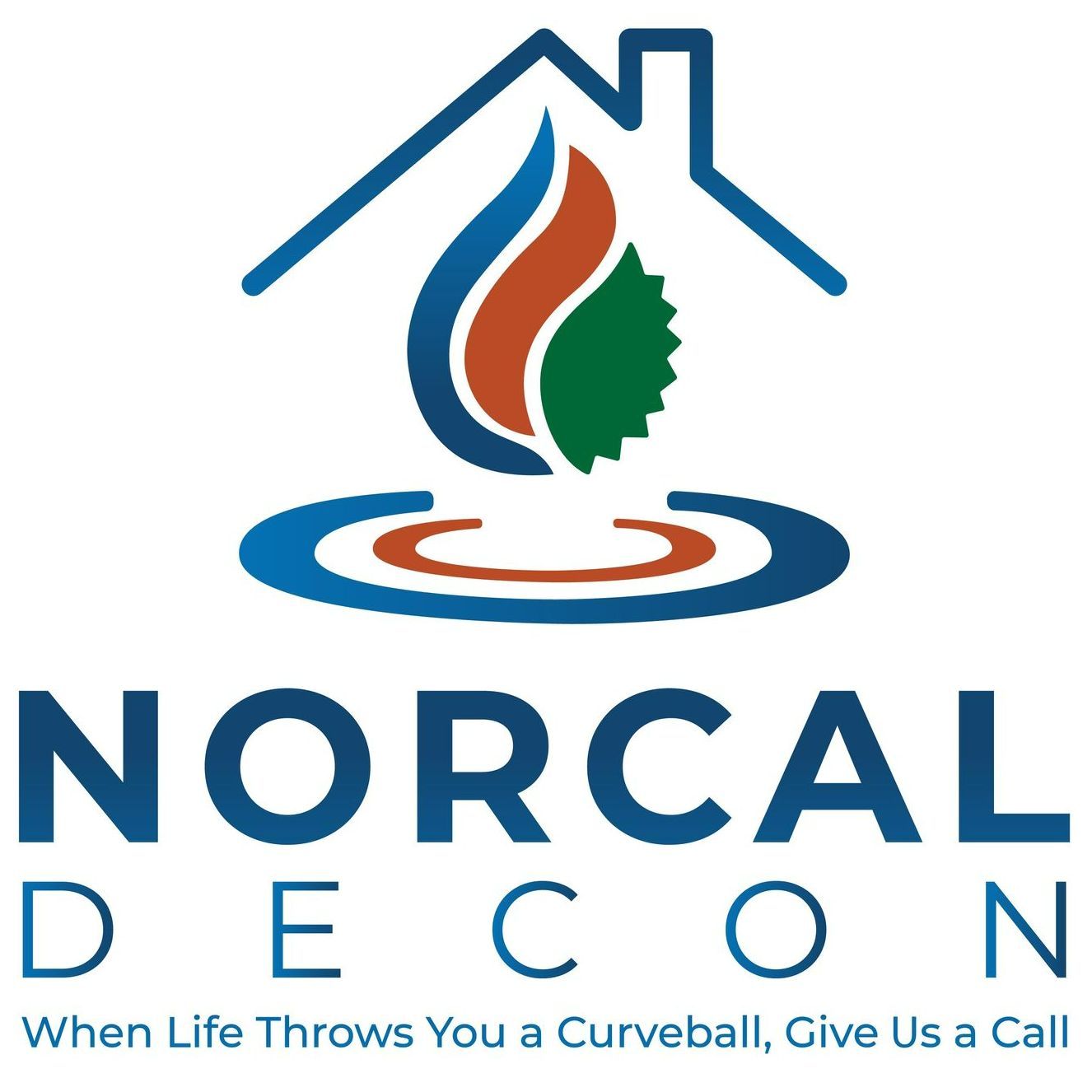Bio-Hazard
Bio-Hazard Cleanup
Nor-Cal Decon refers Bio-hazard cleanup as the process of cleaning and decontaminating an area that has been exposed to potentially hazardous biological materials, such as blood, bodily fluids, pathogens, or other infectious substances. This type of cleanup is crucial in situations where there is a risk of spreading diseases, infections, or contamination to individuals or the environment.
Our crews possess the necessary knowledge, skills, and equipment to handle hazardous materials safely. Our professionals include biohazard remediation technicians, hazardous material specialists, and specialized cleaning.
The Process of Bio-Hazard Clean-Up
- Assessment: The first step is to assess the extent of the contamination and the risks involved. This includes identifying the type of biohazardous material present, evaluating the affected area, and determining the appropriate cleaning and decontamination procedures.
- Personal Protective Equipment (PPE): Before entering the contaminated area, the cleanup personnel must don appropriate personal protective equipment, including gloves, masks, goggles, coveralls, and boots. This equipment is crucial to protect them from exposure to hazardous substances.
- Containment: The contaminated area is isolated and cordoned off to prevent the spread of the biohazard. This may involve setting up barriers, sealing off ventilation systems, or using negative air pressure to control airborne contaminants.
- Removal of Biohazardous Materials: All biohazardous materials, such as blood-soaked materials, tissues, or bodily fluids, are carefully collected and placed in leak-proof, biohazard-labeled containers for proper disposal. Special care is taken to avoid direct contact or exposure to the hazardous substances.
- Cleaning and Decontamination: The affected area is thoroughly cleaned and decontaminated using appropriate disinfectants, detergents, and specialized cleaning techniques. Surfaces, objects, and materials are carefully treated to ensure the complete removal or inactivation of any remaining pathogens or contaminants.
- Disposal: All biohazardous waste is disposed of following local regulations and guidelines. This may involve transporting the waste to licensed medical waste facilities for proper treatment and disposal.
- Verification and Testing: After the cleanup is completed, verification and testing may be conducted to ensure that the area is free from biohazards and safe for occupancy. This may include swabbing and sampling surfaces for laboratory analysis or using specialized equipment to test for the presence of pathogens or contaminants.
Call (707) 688-5419 for professional bio-hazard cleanup.
Content, including images, displayed on this website is protected by copyright laws. Downloading, republication, retransmission or reproduction of content on this website is strictly prohibited. Terms of Use
| Privacy Policy
